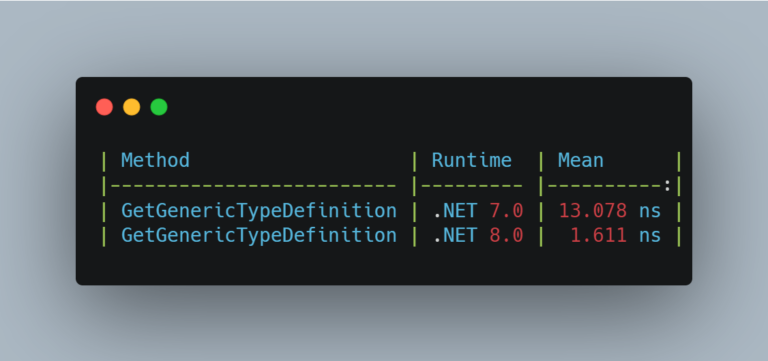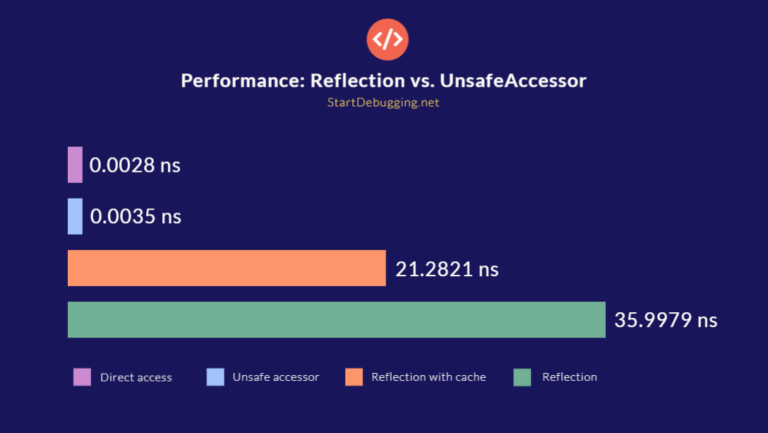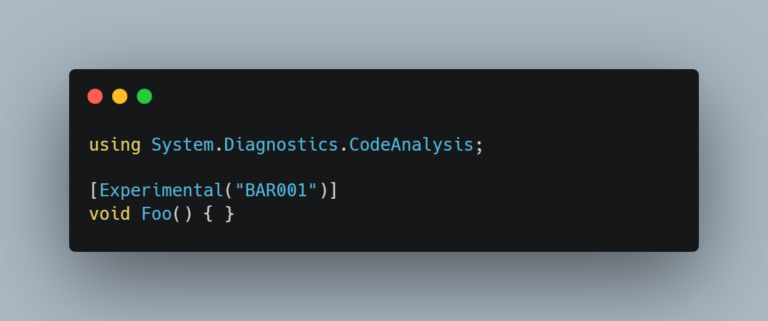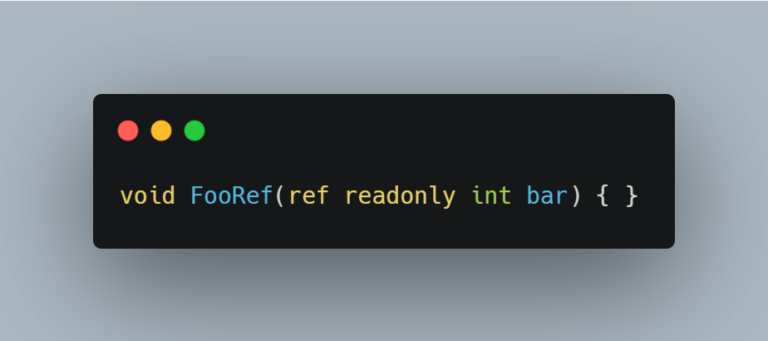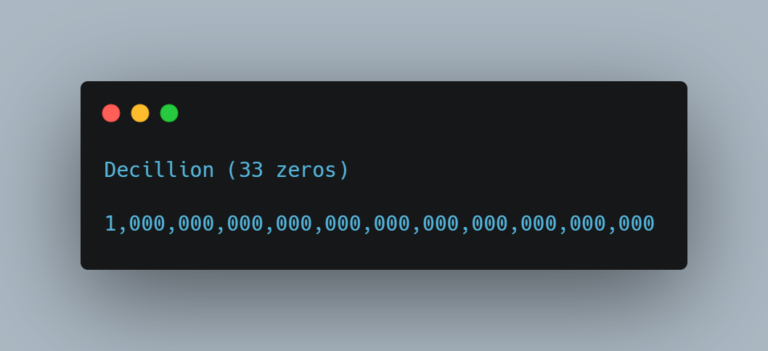How to create a 2 column Flexbox layout in React Native
Creating a two column layout in React Native, given a list of items, is quite a common task. This react native 2 column layout can be achieved quite easily using flex. The examble below shows how to achieve the two-column layout with spacing between the elements. This is our view: And this is our style:…
